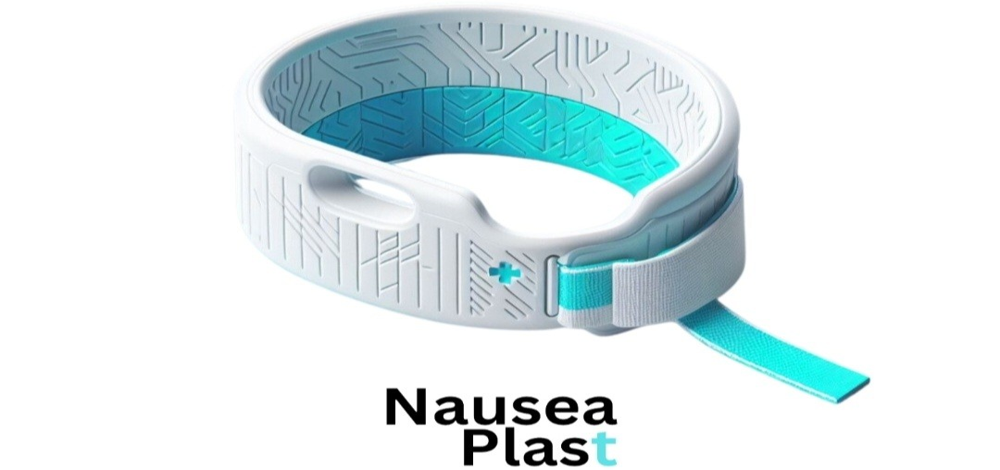Nausea is a common and unpleasant symptom that can arise from a variety of causes—motion sickness, pregnancy, chemotherapy, gastrointestinal issues, or even anxiety. While medications are often used to manage nausea, many people seek natural, drug-free options. One popular alternative is acupressure. But does it really work?
Let's explore what acupressure is, how it's used for nausea, and what science says about its effectiveness.
What Is Acupressure?
Acupressure is a traditional Chinese medicine technique that involves applying pressure to specific points on the body, known as acupoints. It is based on the same principles as acupuncture but uses fingers, thumbs, or special tools instead of needles.
According to traditional Chinese medicine, stimulating these points helps balance the flow of energy (or 'qi') and promotes healing. In modern terms, acupressure may work by stimulating nerves, muscles, and connective tissues to improve blood flow and reduce symptoms.
The Most Common Acupressure Point for Nausea: P6 (Nei Guan)
The P6 point, also known as Nei Guan, is the most commonly targeted acupoint for nausea relief.

How to locate it:
- Place three fingers of your opposite hand on the inside of your wrist, starting at the wrist crease.
- The P6 point lies just below your index finger, between the two tendons in the center of your wrist.
Applying firm, steady pressure to this point for several minutes is thought to relieve nausea and vomiting.
According to research:
There have been numerous studies evaluating the effectiveness of acupressure on nausea. Here's a quick overview of the evidence:
- Postoperative Nausea
Several clinical trials have shown that stimulating the P6 point can significantly reduce postoperative nausea and vomiting. Many hospitals now incorporate acupressure wristbands for patients recovering from surgery.
- Chemotherapy-Induced Nausea
Research has found that acupressure may help reduce the severity and frequency of nausea in patients undergoing chemotherapy, especially when used alongside conventional anti-nausea medications.
- Pregnancy-Related Nausea (Morning Sickness)
Studies suggest that P6 acupressure may provide relief for morning sickness in pregnant women, with minimal to no side effects.
How to Try Acupressure at Home
Here's a simple guide to trying the P6 acupressure technique:
- Find the Point - Measure three finger widths down from your wrist crease, in between the two tendons.
- Apply Pressure - Use your thumb to press firmly on the point for 2-3 minutes.
- Repeat - You can do this on both wrists, several times a day if needed.
You can also use acupressure wristbands, which are widely available online and in pharmacies. These bands are designed to apply continuous pressure to the P6 point.
Is It Safe?
Acupressure is considered very safe when performed correctly. It's non-invasive and has few to no side effects. However, if you're pregnant, undergoing cancer treatment, or have other health conditions, it's wise to consult your doctor before starting any new therapy.
NauseaPlast Band
It is a natural, safe and drug-free solution designed to relieve nausea effectively. It works through a specially formulated blend that provides fast-acting and long-lasting relief from nausea caused by motion sickness. The patch is easy to apply, free from harsh chemicals, and has no known side effects, making it a convenient and non-invasive alternative to traditional treatments.
- Wear the Band on Wrist
- Activates Pressure Points + Releases Natural Ingredients
- Calms Nausea Signals in Brain
- Reduces Feeling of Sickness
- Feel Better - No Side Effects
